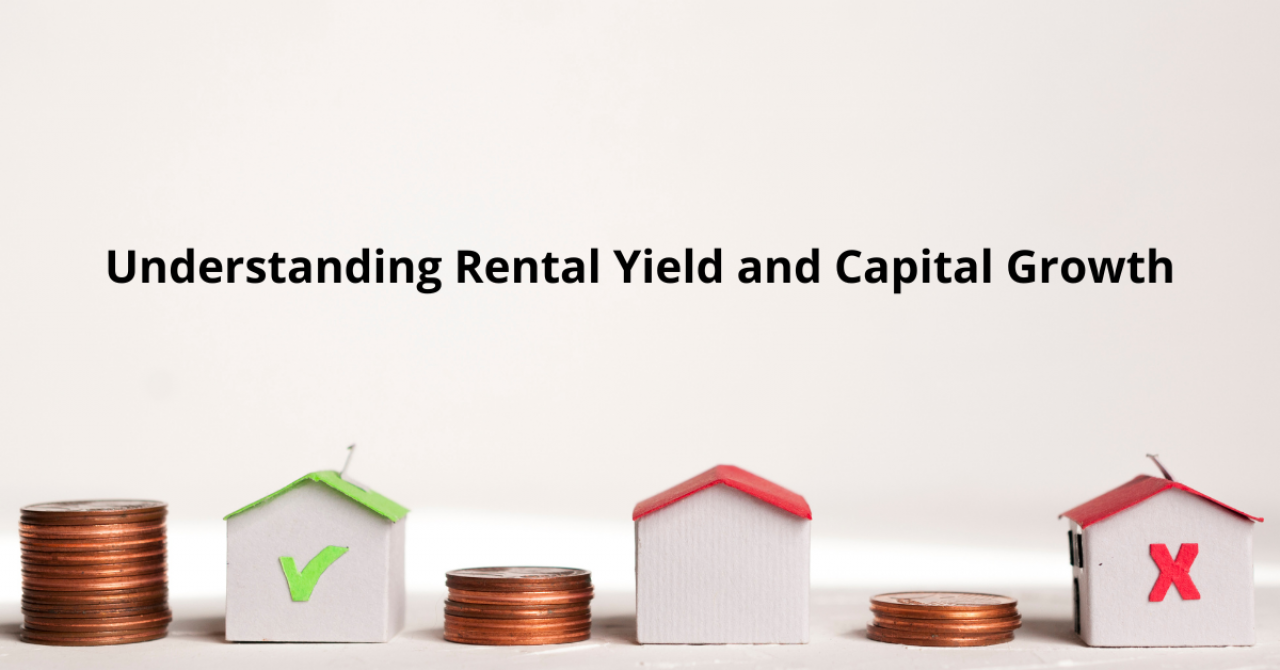Rental yield is the term used to describe the return on a property investment from a rental perspective.
If the monthly rent is £2,000 and the property is occupied for a full year, you will receive £24,000 per annum. If this sum is greater than the cost of owning, managing and maintaining the property, then you will make a profit that will be subject to income tax.
When investors compare rental properties, they will calculate the rental yields to see which is the most lucrative. To do this, they will divide annual rent by the value of the property, and then multiply the result by 100 to get a percentage return on investment.
In this example calculation, the costs of managing a rental property have been ignored, as these will differ depending on the size of the mortgage, the condition of the property and whether a letting agent is used. If the property in the above example cost £500,000 to buy, the following calculation would be used to determine the rental yield, which in this example is 4.8%:
24,000 / 500,000 = 0.048
0.048 x 100 = 4.8
If the property is more expensive to buy, but the rent is the same, the return on investment would be lower. Conversely, if the property were cheaper to buy, but the rent was the same, the return would be greater.
Capital Growth
Capital growth, or capital appreciation, is the value by which the property goes up over time. The value of a property can also depreciate.
The percentage of the original purchase by which the property has increased will represent the return on the investment from a capital growth point of view.
To work out capital growth you will need to compare the price you paid for the property with a current market appraisal, which an estate agent will be able to help you with. This can be added to the return on the rental income for a total return.
If we take the same property from the example above and imagined it had increased from today’s price of £200,000 to a price in five years’ time of £225,000, the following calculation would be used to show the return in investment, which in this case is 12.5%:
Price five years from now (£225,000) – Purchase price (£200,000) = £25,000
Increase (£25,000) / Purchase price (£200,000) = 0.125
0.125 x 100 = 12.5%
In the long term, property prices tend to go up, but in the short to mid-term, they also go down, so predicting what the property’s price will be in the future to calculate capital growth is pure speculation, and you can only accurately calculate capital growth after the event.
When it comes to selling the rental property, you may need to pay capital gains tax on the profit.
March 2022





Share this with
Email
Facebook
Messenger
Twitter
Pinterest
LinkedIn
Copy this link